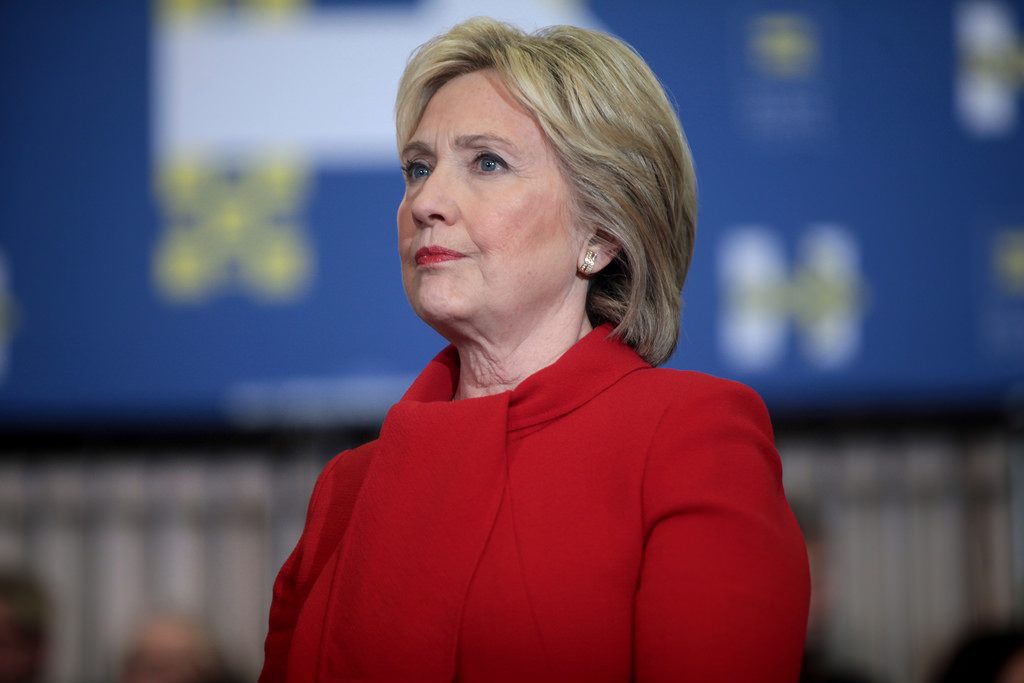It took our nation 240 years to get here, but we finally got a woman candidate for president.
In a country where women outnumber men in the adult population 51 to 49 percent, getting to this historic moment has been an incredibly slow process. Even Congress is only 20-percent female. Other countries have been far ahead of us in electing women leaders; at present there are some 22 countries with female heads of state.
The first important women leaders took office nearly 50 years ago. Among the most prominent have been Indira Gandhi of India, who was first elected in 1966; Golda Meir of Israel, elected in 1969; Margaret Thatcher of Great Britain, elected in 1979; and Angela Merkel of Germany, elected in 2005.
It’s surprising to find that 78 women actually attempted to run for president over the years, starting in 1872 with publisher and outspoken feminist Victoria Woodhull, who ran as the Equal Rights Party candidate with Frederick Douglass as her running mate. Woodhull was arrested days before the election on obscenity charges for publishing an account of an affair between famously promiscuous preacher Henry Ward Beecher and his wife’s close friend. Woodhull’s votes never got counted, so we don’t know how well she would have done.
Many of the women who ran were associated with obscure parties. It wasn’t until 1984 that a major party chose a woman as the vice-presidential candidate: Geraldine Ferraro, the running mate of Democrat Walter Mondale. Sarah Palin was the second female candidate for VP to run on a major party ticket, with John McCain the Republican presidential nominee.
Hillary Clinton was the first strong contender to be a major party’s choice for president, in 2012. When she lost the nomination to Barack Obama, she said that, even though she didn’t win, there were now cracks in the proverbial “highest, hardest glass ceiling” — the invisible barrier that has kept American women from the uppermost level of power.
The climb to the top has been a tough one. Even getting women the vote took 72 years, from the Seneca Falls Convention in 1848 — when a group of determined women got together to begin the battle for women’s suffrage — to the approval of the 19th Amendment in 1920.
Sexism has existed though U.S. political history, reflected in how the population responds to women candidates. Ferraro mused that there was a lot of talk during her campaign about her dress size. She said she could not imagine anyone asking about a male candidate’s suit size.
During the recent campaign season, the public has witnessed a hailstorm of sexist remarks about women from Republican candidate Donald Trump. In the primaries, he ridiculed women candidates for not being attractive enough to appeal to him. He has repeatedly charged that Clinton, the Democratic candidate, is not physically strong enough and doesn’t have the “stamina” — a word suggesting male prowess — to be president.
When blatantly sexist remarks he made prior to his candidacy became public, Trump dismissed them as “locker room” talk, as if all men have the same sexist attitudes towards women (and that this is acceptable behavior). Tellingly, when he makes these statements at rallies, his fans roar their approval.
This overwhelming acceptance and approval of Trump’s anti-women remarks, wrote City University of New York Professor Alyson Cole in Fortune magazine, indicates that the 2016 election has become a “referendum on the continued dominance of white men in American society,” a position that has been quietly eroding for decades. Considering this, by the time this column is published and the election is over, it will be interesting to see whether the deciding minority swing factor was indeed the white male vote.


